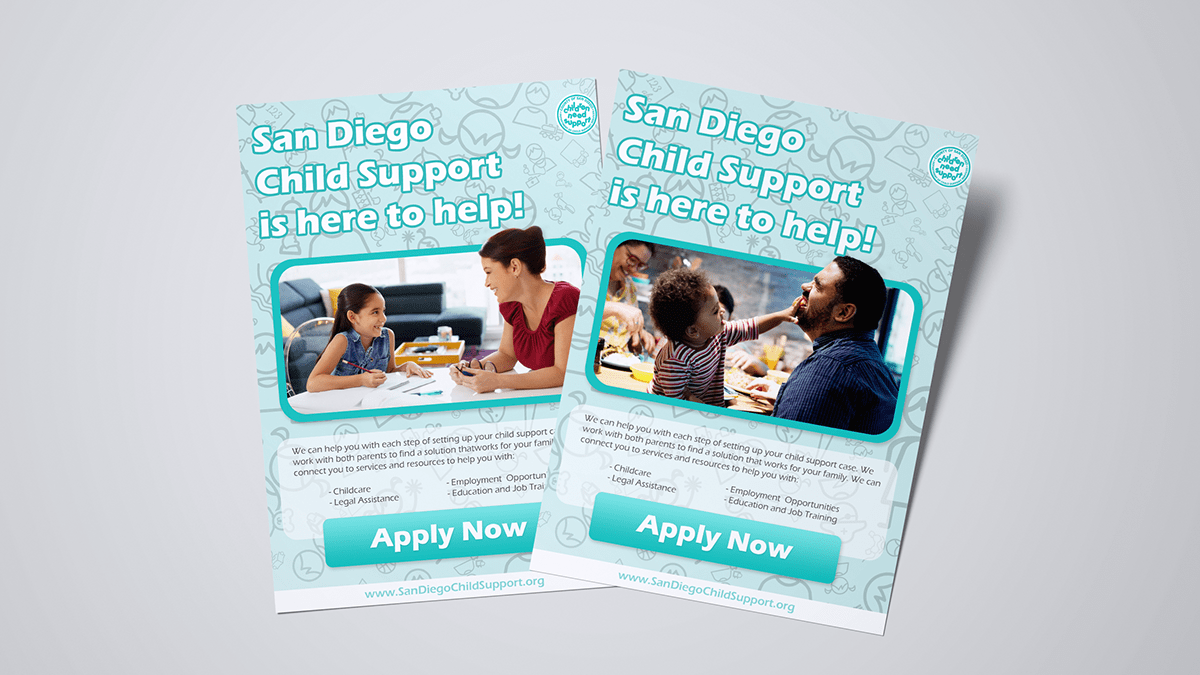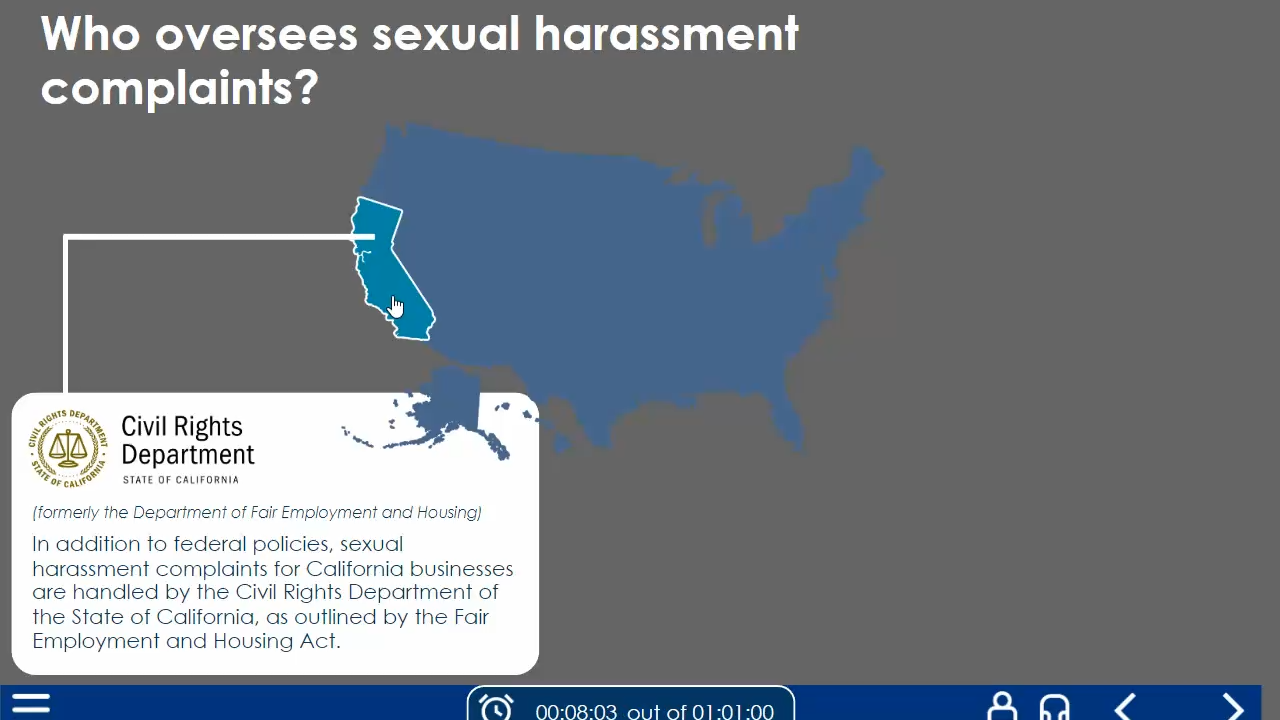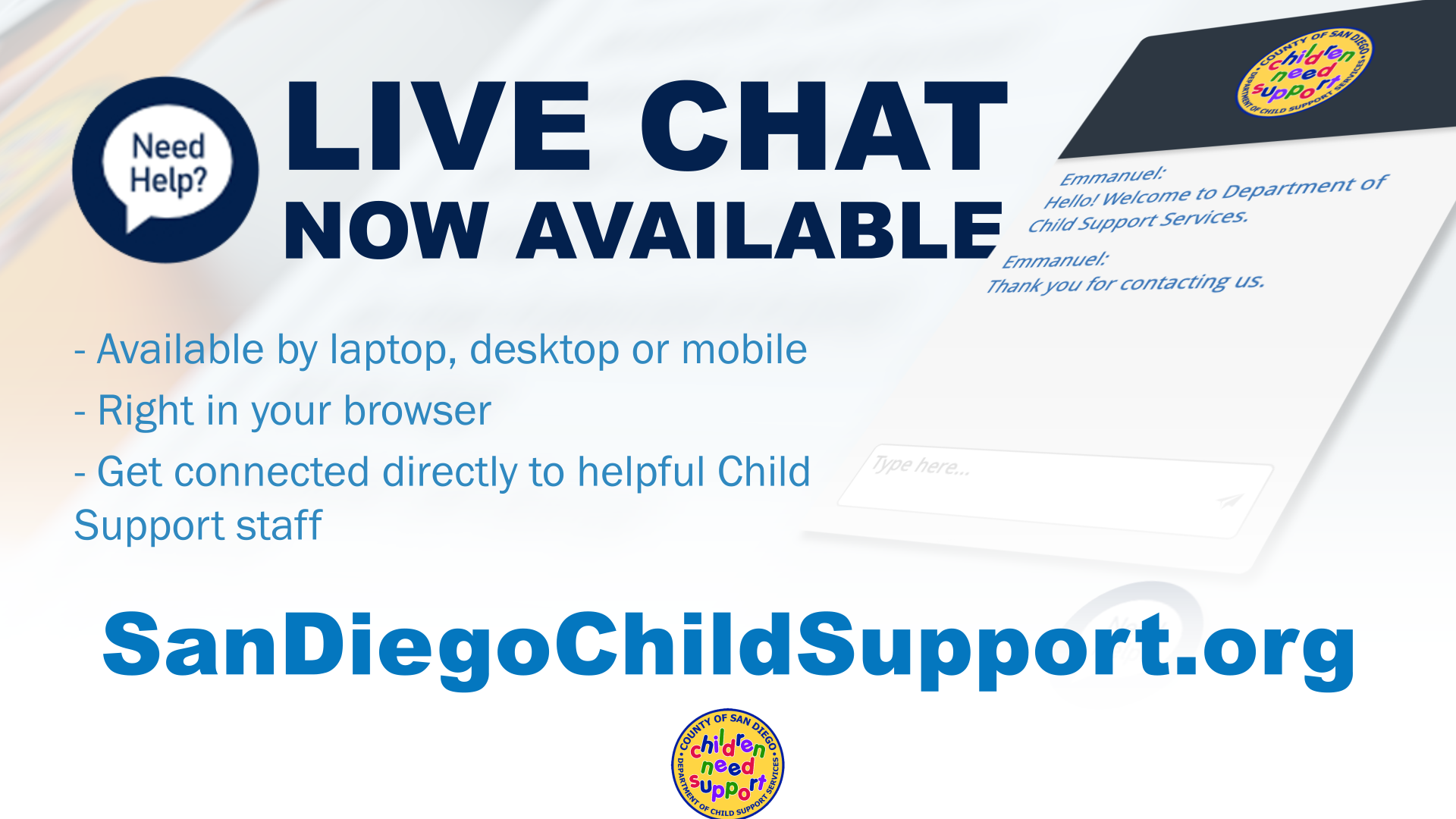Language Access Training for the County of San Diego
County of San Diego
Department of County Communications - Department of Human Resources
Tools Utilized: Articulate Storyline 360, Adobe Photoshop, Vyond for character generation
Within the borders of San Diego County, hundreds of thousands of residents, visitors, and customers speak languages other than English. For some, English may not be the primary language for them or their household.
To assist in accessibility for these residents, the County of San Diego government has enacted policies that identifies the most common non-English languages spoken within the region and directs departments and divisions to prepare externally-facing public communications with these languages in mind. The preparations include County staff access to interpretation and translation services for documents, public events, phone interpretation and more.
The County's Department of County Communications works closely with vendors and County staff to tie these connections together and help departments enact on these policies in the smoothest way possible. A challenge for County Communications is how to let our organization as a whole know that these resources exist for them?
Enter: Our online learning course assigned to all County staff to be administered through our learning management system (LMS).
Working in collaboration with the Department of Human Resources, I adapted a live-learning presentation into a short, interactive eLearning course.
We had three primary goals in our course:
- Inform users about why we have these policies and place, and how it benefits our residents and customers
- Inform users what the different services are that are provided by County Communications and when is the appropriate time to use the different vendors
- Inform users how they can access these services easily
We're led through the course by a helpful narrator, who acts as our helpful guide and informant and is voice acted by a member of the County staff.
The first section of the course focused on background information for understanding why these language practices were important in the County and how they impacted our residents. In this section, we define what we call our "threshold languages:" the eight most commonly spoken languages by residents and customers in the region that have limited English proficiency.
To set the stage, this section is filled with educational material presenting in engaging manners. There are a few interactive quizzes with no failure states, as we felt strongly that because this may not be an area of focus or knowledge for many County staff we are more concerned with users understanding and absorbing the information through repetition and reinforcement rather than correction.
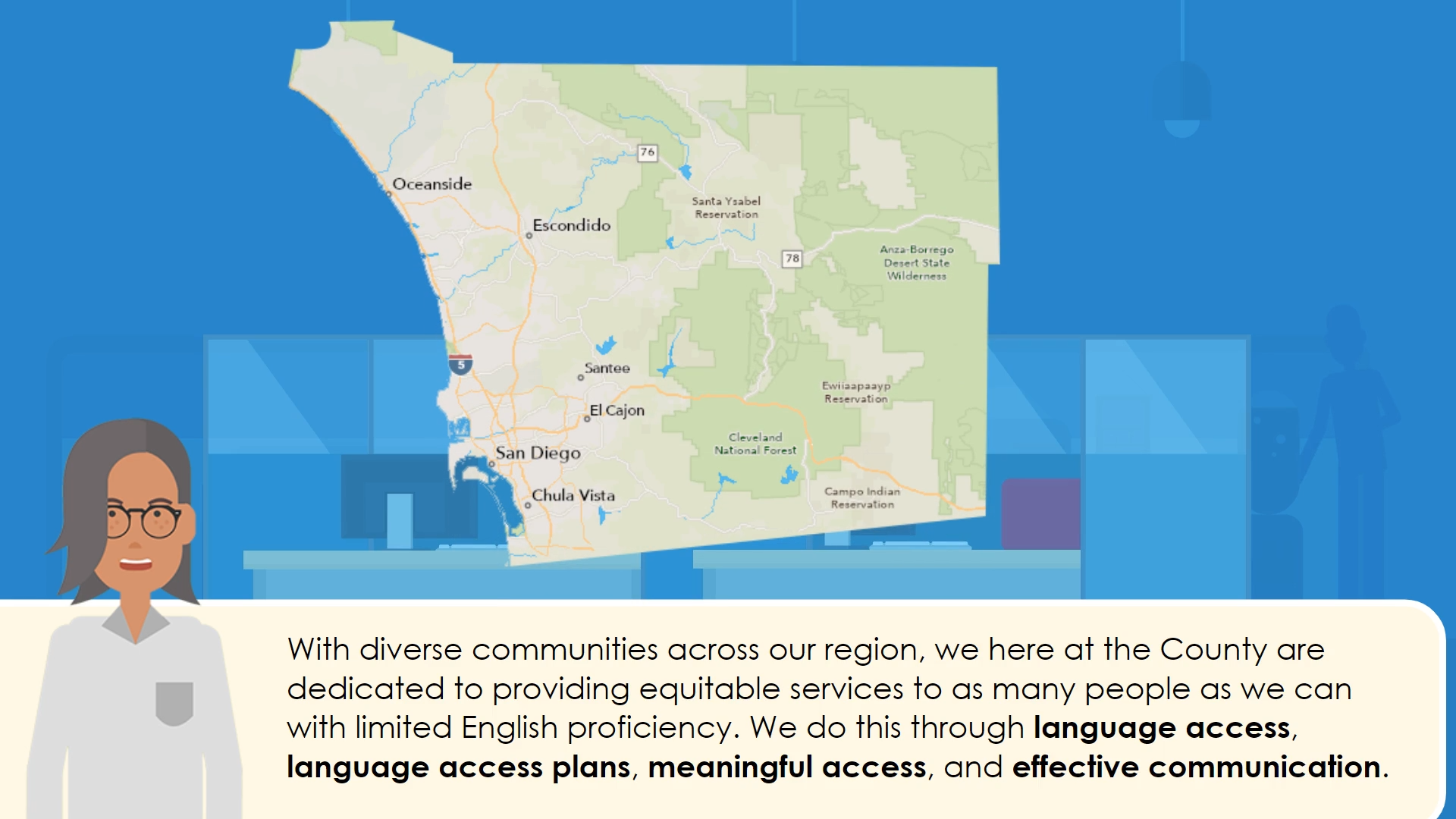
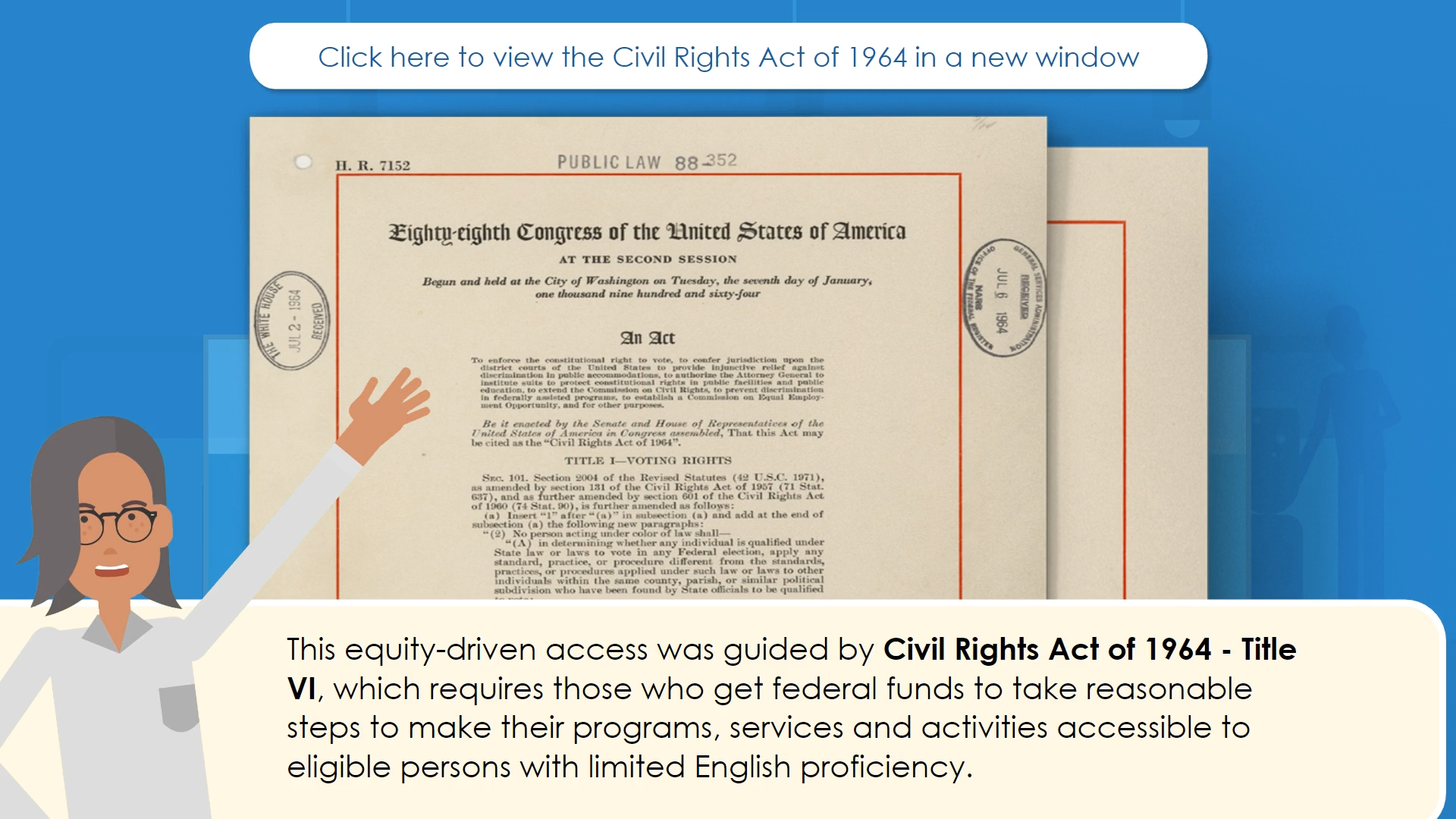
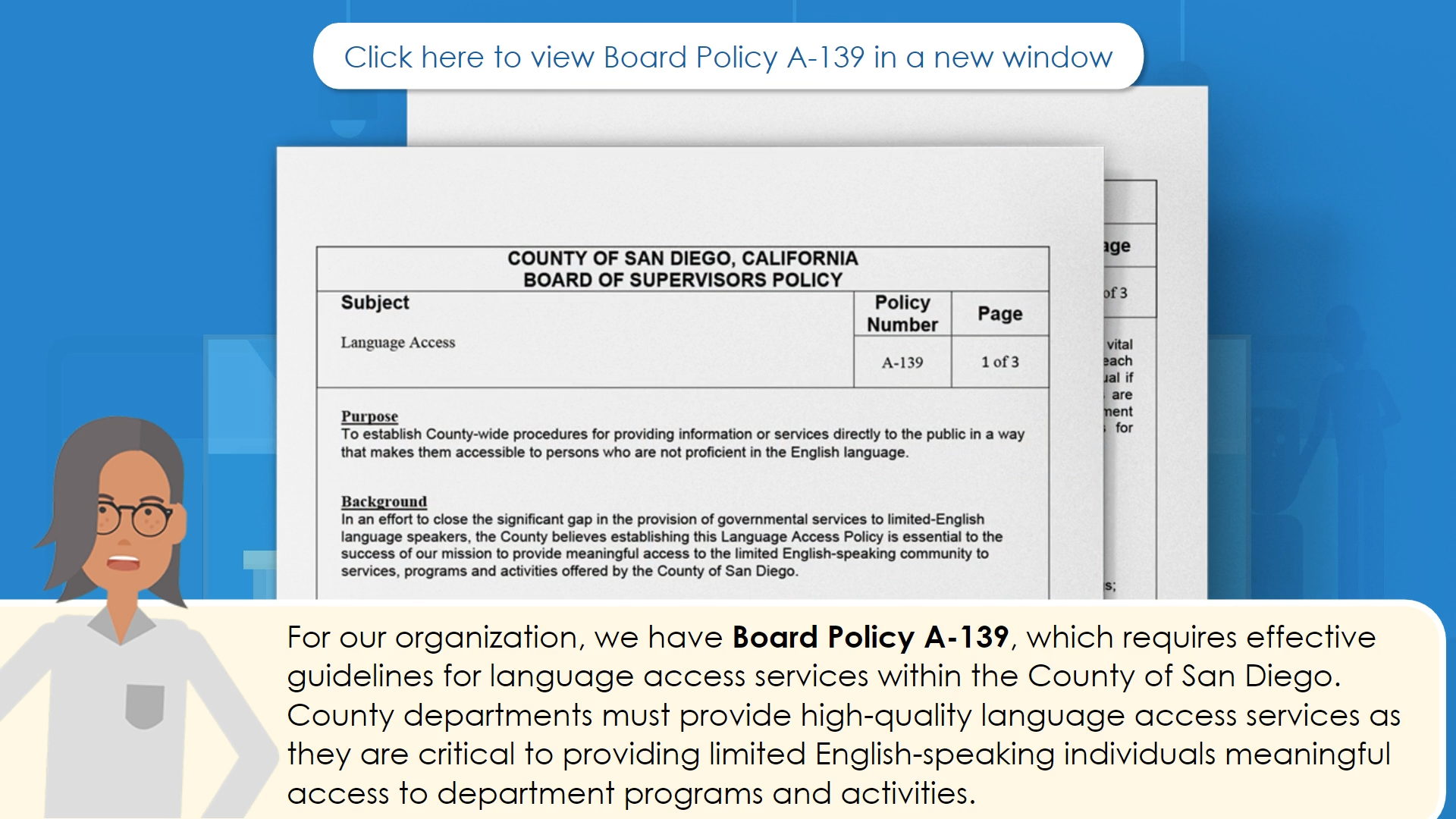
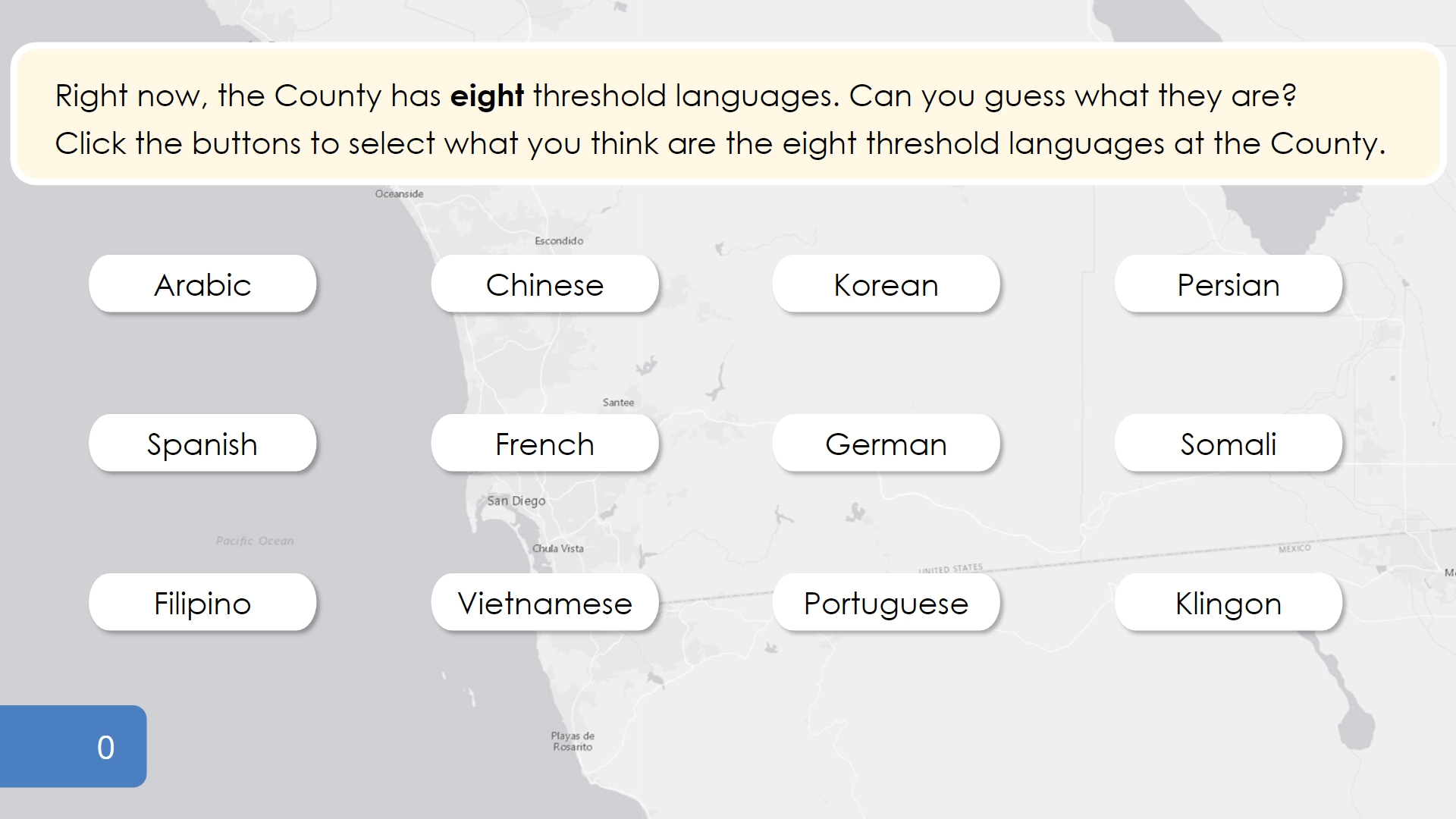
In the next section, we go over the different instances in which these translation and interpretation services might be utilized. Due to the varied nature of instances where these services are applicable, we relied on many more interactive scenarios in this section to encourage users to think more broadly about when they should look to utilize these vendors.
Interactions in this section range from narrative scenarios, drag and drop categories, and more straightforward quizzes.
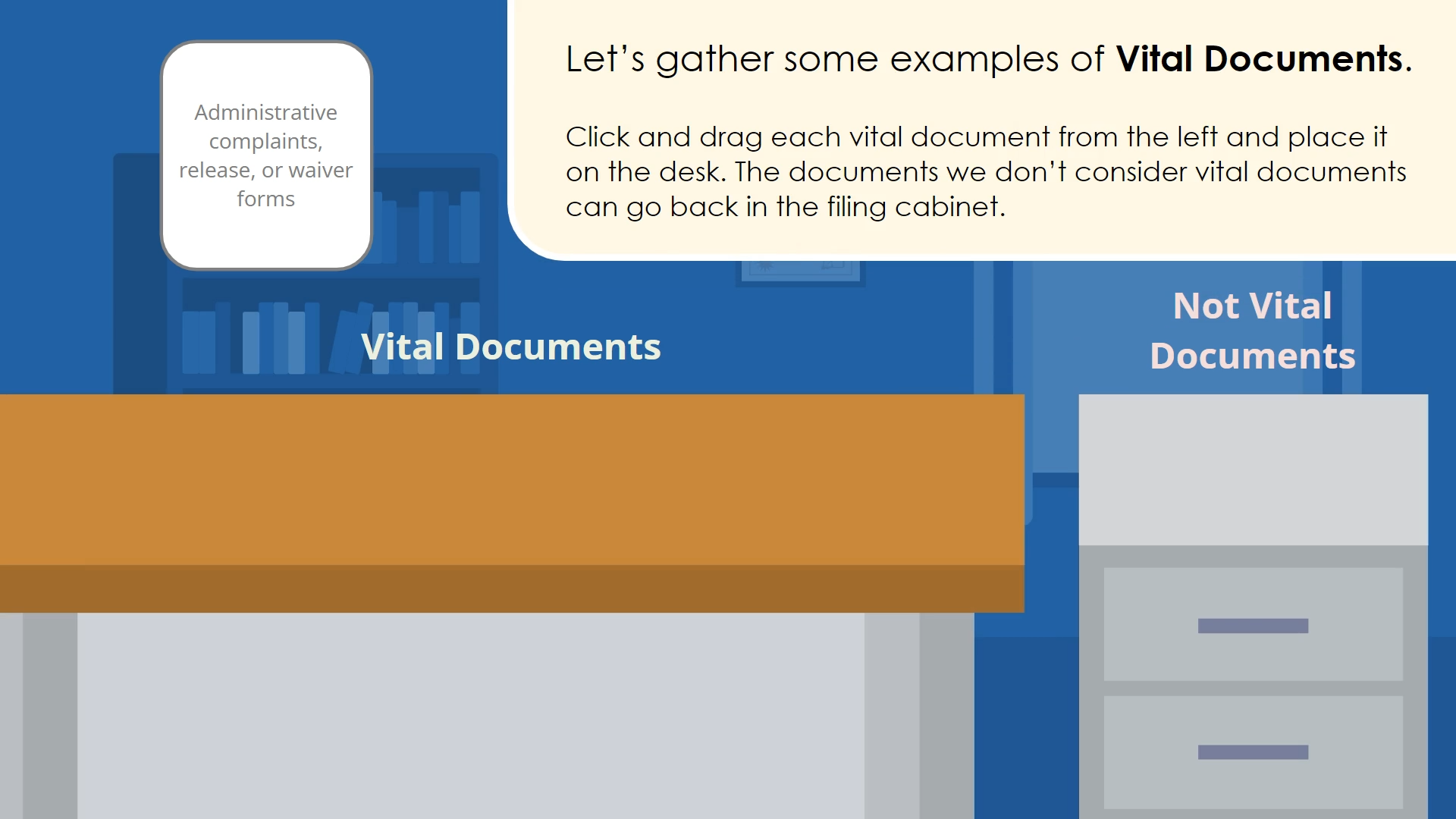
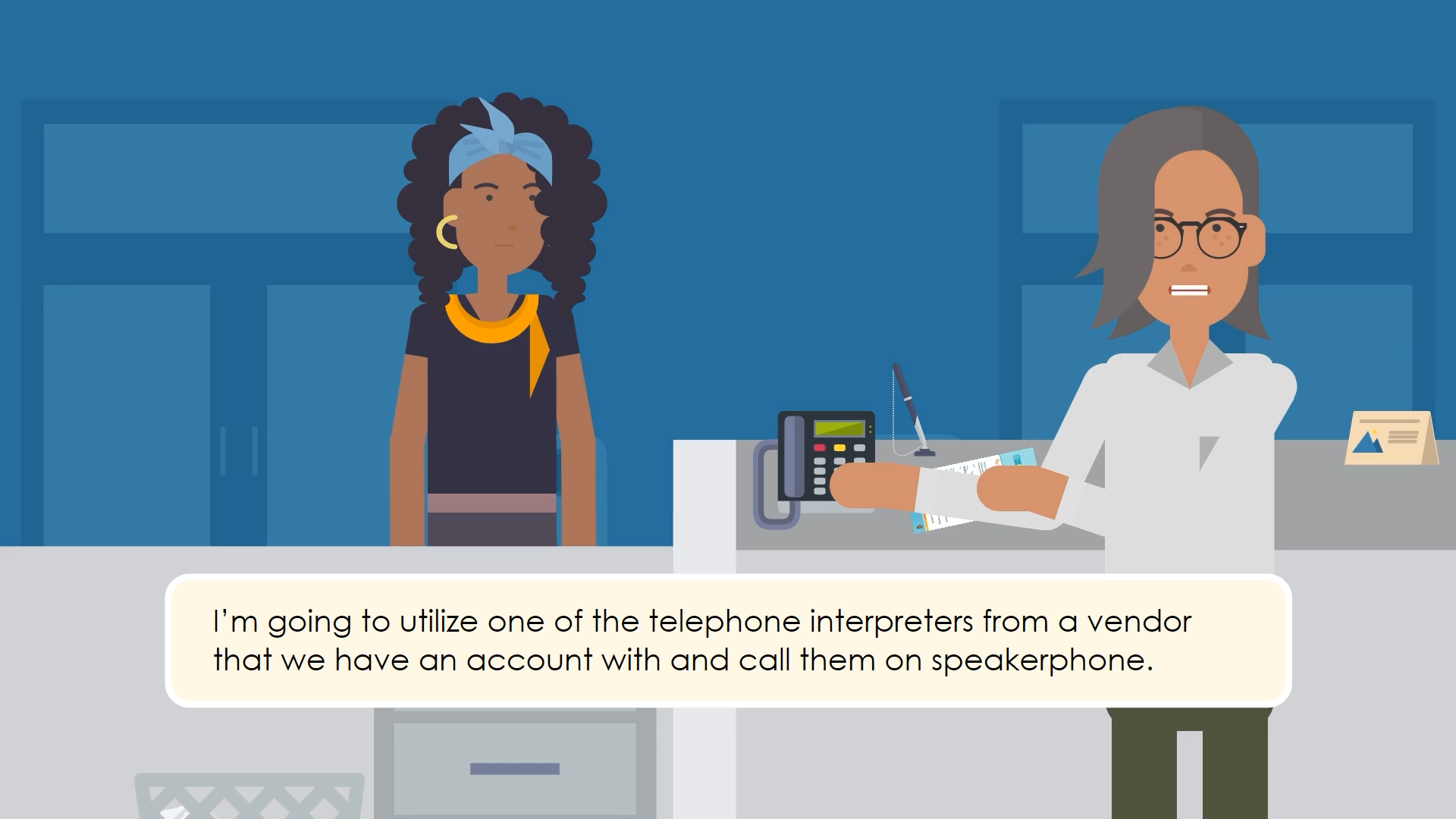
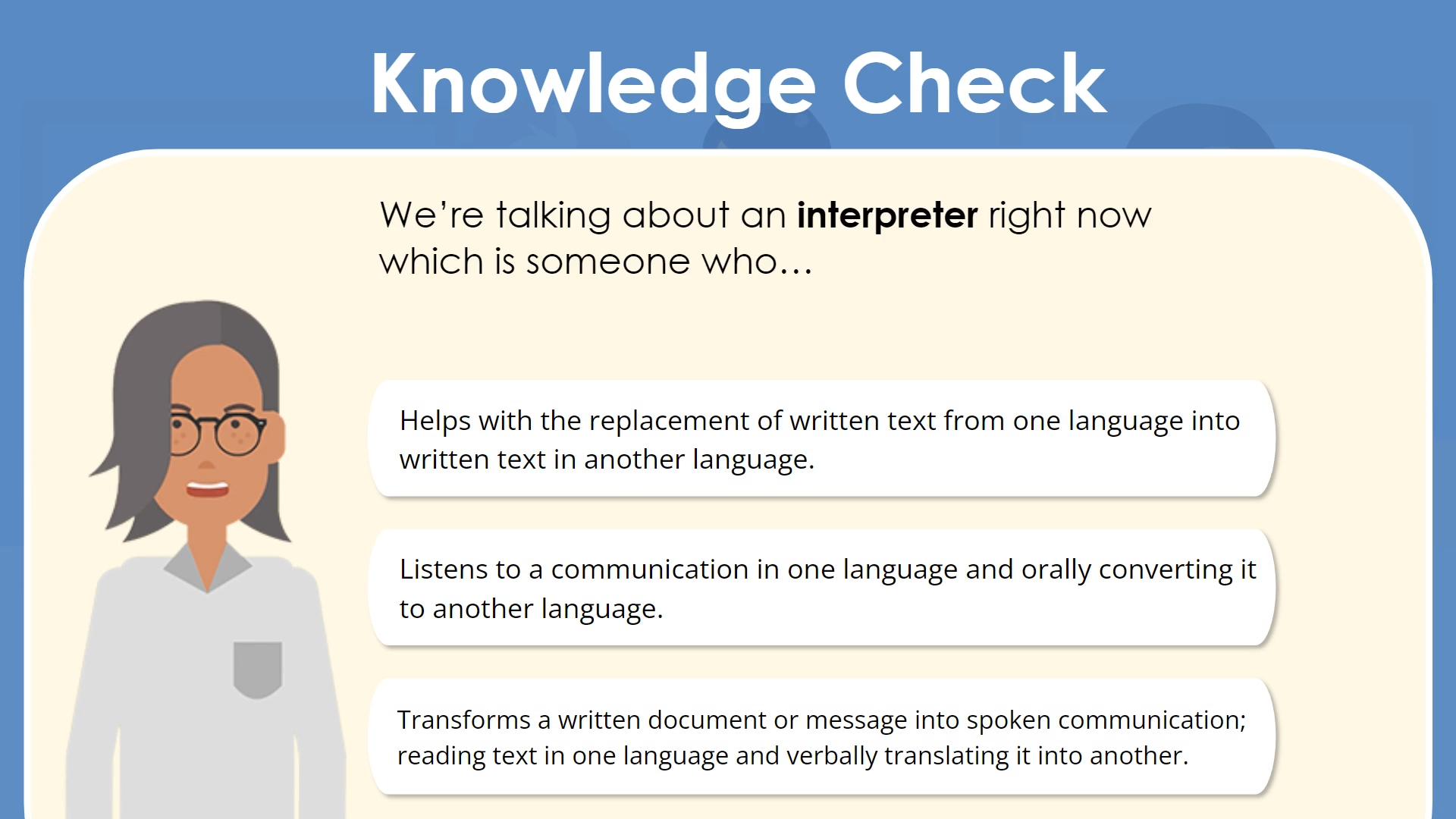
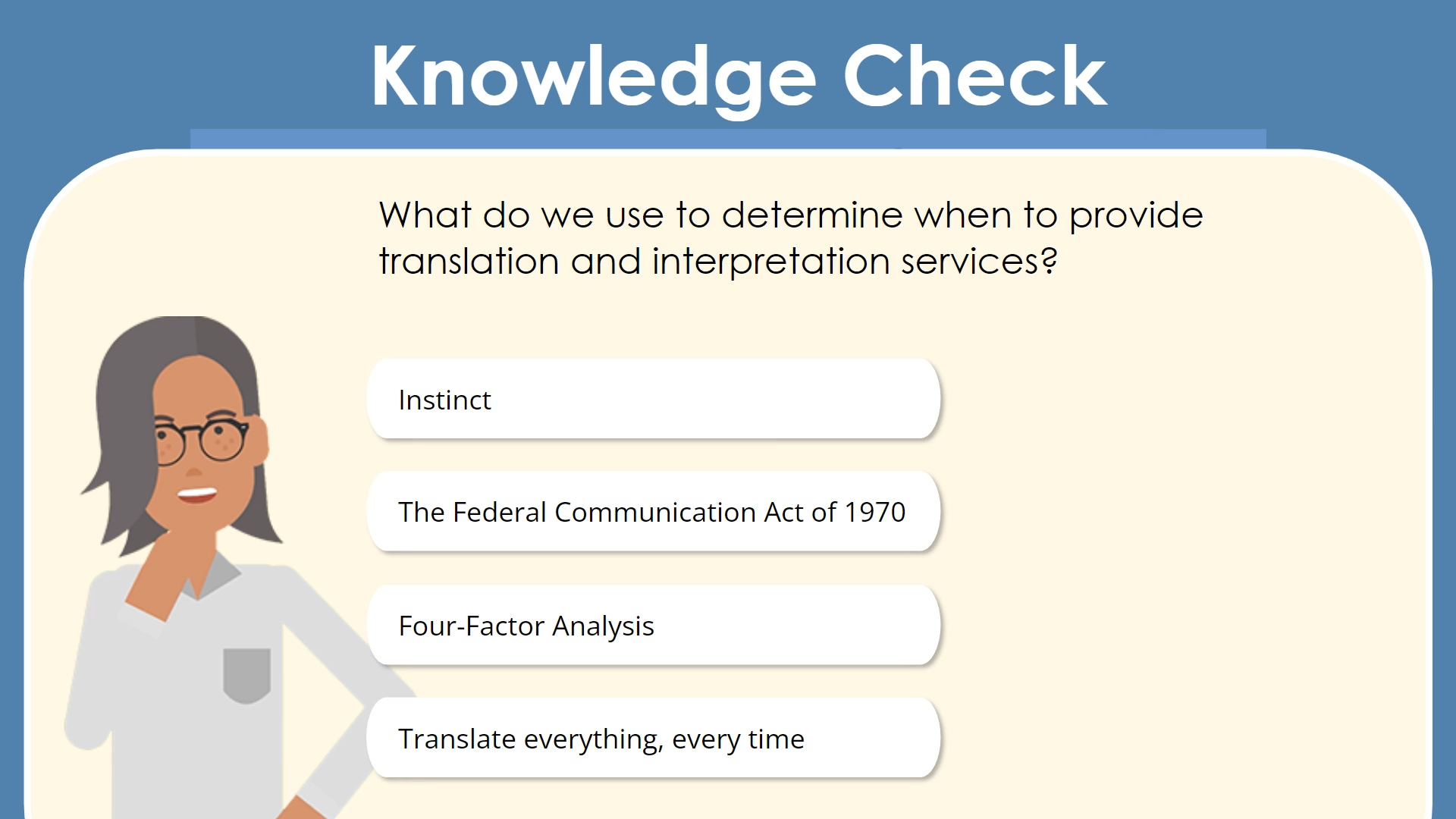
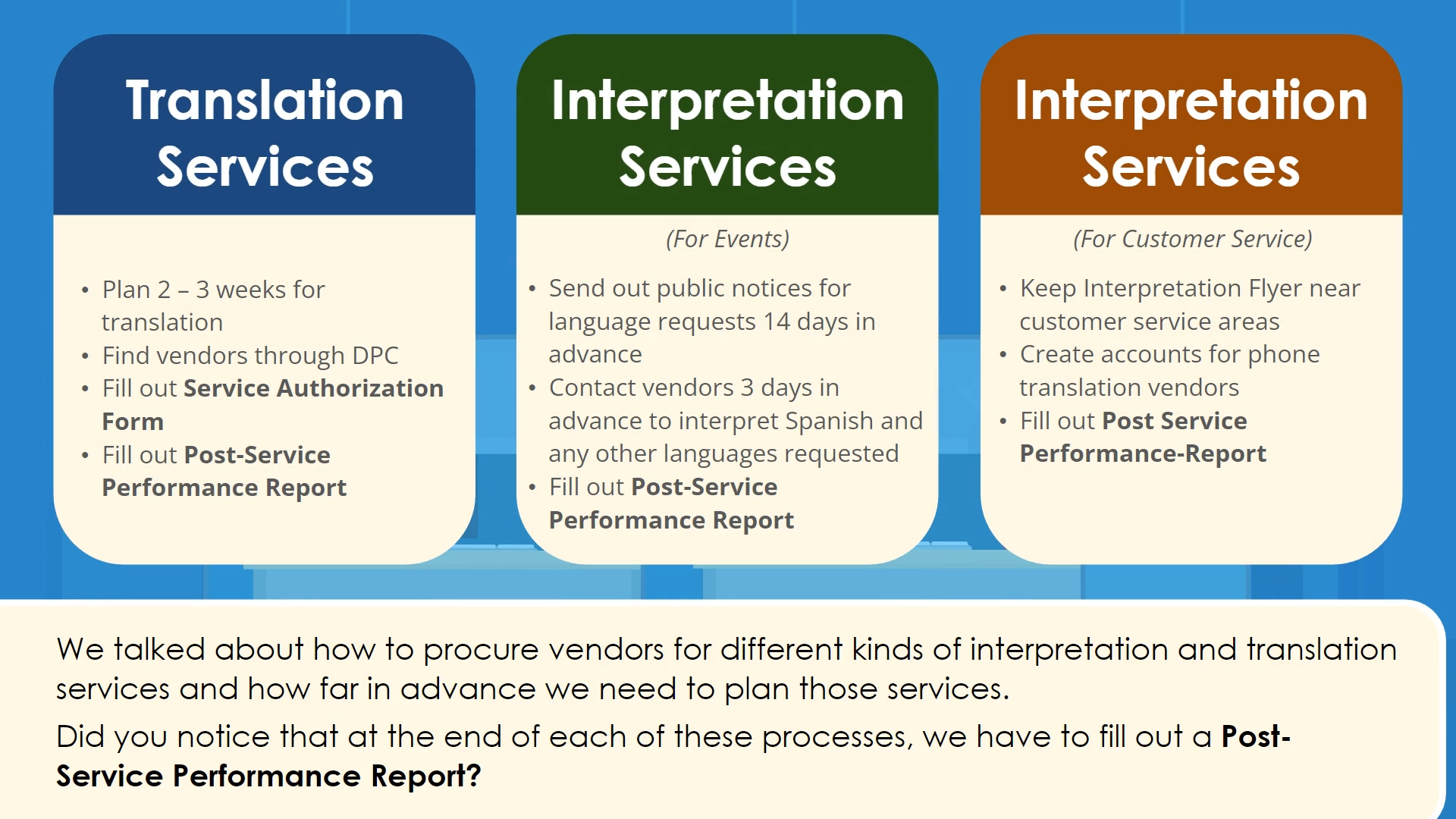
In our final section, we spend time reviewing how to access the list of vendors that the County procures for translation and interpretation services and how to request work from them. The most prominent interaction in this part is a simulation of the complicated website that users need to navigate to begin their work order.
Ultimately more than 18,000 County staff would complete some form of this training (a more rigorous course was designed for staff that actively engage in public communication) and our post-completion survey averages 95+% of users understanding the importance of language access and satisfied with the course and the knowledge gained.
